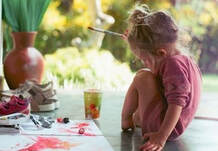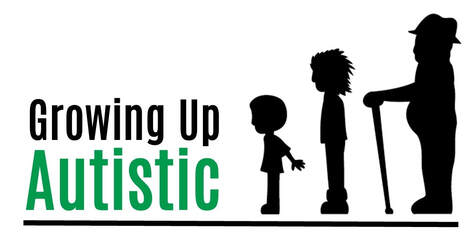 Photo by Unsplash.com Photo by Unsplash.com Guest post by Erica Francis Painting, dancing, and music are some ways your child with autism can express themselves creatively. Having a creative outlet helps them reduce their anxiety and escape their worries. Check out the creative outlets below: Painting Encourage your little one to paint. Give them a palette with different colors and brushes of different thicknesses and let your child go to town. Autism Parenting notes that painting can allow your child to express themselves, even if they aren't verbal, and it may help build confidence. Music Whether you're encouraging your child to listen to music, play an instrument, or sing, it could benefit them. When listening to music, the right and left hemispheres of the brain are stimulated. Professionals use music as part of autism therapy for this reason. In fact, Percussion Play points out that music can improve language development as well as cognitive function. Try using a drum or rhythm sticks. Take turns developing patterns and repeating each other's rhythm. Dancing Dance therapy helps to reestablish the body-to-mind connection. Dance improves concentration and attention and helps children express themselves, even if they're nonverbal. In a group setting, dance can help build social skills. The repetition of dance moves enhances memory. Give them an opportunity to create a dance and demonstrate it to you, which is also a good time to spend more time with them and show you care. No matter how busy you may be with raising your child on the spectrum, carving out time to share artistic experiences pays huge dividends both now and into the future. Try playing Night at the Museum, where one person is the museum guard and turns their back on the others, who must dance or move in some way until the guard turns back around. The aim of the game is to not get caught moving when the guard turns around. Give Your Child an Art Room If you have an unused room in your home, consider dedicating it as an art or crafting room. whether it's a den, a spare bedroom, or your unfinished or finished basement. Add a variety of supplies into the room, such as markers, rhythm sticks, paints, crayons, and more. Organize the supplies so your child can easily reach them. General Rule with Art for Autistic Children If you're creating activities, remember to adapt them to your child based on their skill and condition. Art shouldn't be frustrating for a child. When you notice them struggling, it's okay to accommodate them. Create both open-ended and closed-ended projects. Open-ended art projects allow children to express themselves and get creative. On the other hand, closed-ended assignments help them follow instructions and build specific skills.
0 Comments
|
Inspiration for Life with AutismThis blog has a variety of articles about people living life with autism, and topics and ideas that can help in the journey. Guest bloggers are welcome. Inspired by Trevor, a young adult film critic, photographer and college graduate on the autism spectrum. Categories
All
Archives
July 2024
|
Proudly powered by Weebly

 RSS Feed
RSS Feed